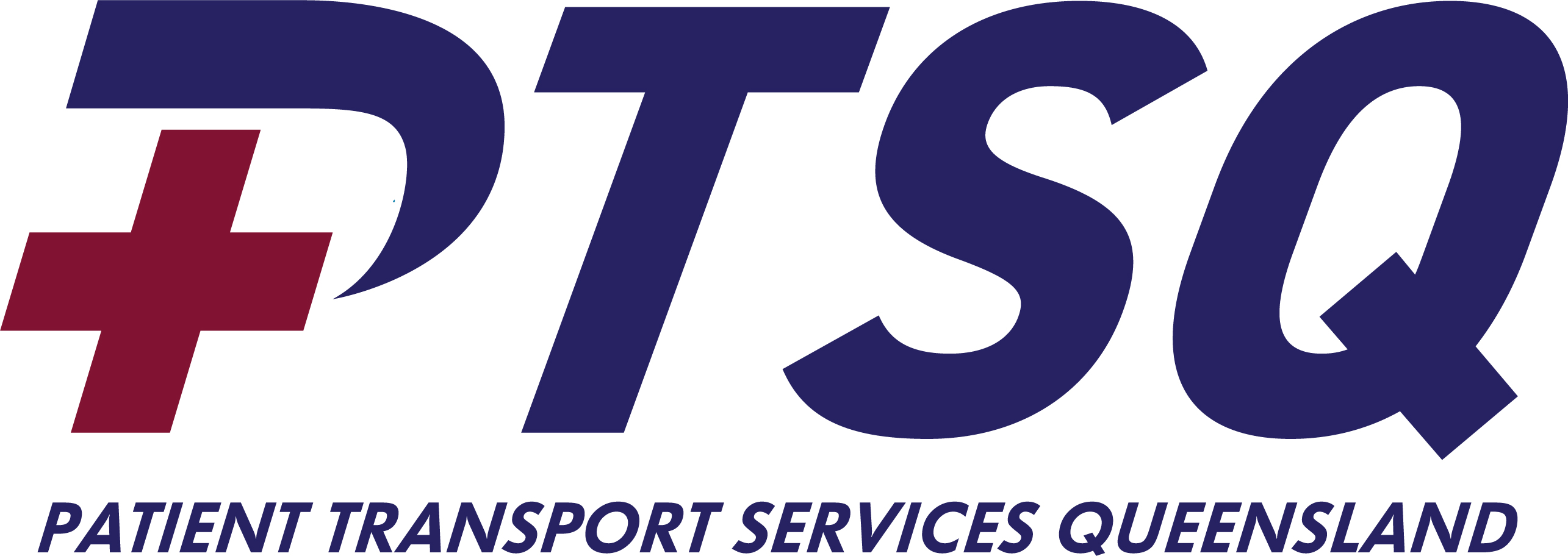Title Page
-
This pre- start check should be completed by staff before driving a CRAICCHS vehicle. All questions must be completed and passed on to the WHS Officer.
-
Site conducted
-
Conducted by
-
Conducted on
-
Vehicle Registration
-
Odometer Reading
-
Kilometers at next Service
Outside Vehicle Check
-
Perform the following tasks systematically before you start each trip to minimise risk and increase your personal comfort.
-
Before you get in the car and get comfortable, do the outside vehicle checks.
-
Oil or fluid leaking/leaked on the ground.
-
Check the tyres including the spare – are they safe?
-
DS Front
-
DS Rear
-
PS Front
-
PS Rear
-
Spare
-
All lights, mirrors and indicators clean and working.
-
Vehicle Panel Damage - Is the vehicle free from any panel damage?<br>Please describe damage and upload photo to corroborate description.
Untitled Page
Before you start the vehicle (check box when complete)
-
Check the cleanliness of the windscreen before you drive. A dirty windscreen is a significant risk to safe driving. The safest time to clean it is before you start a trip.
-
Check that the vehicle's doors and boot are closed securely. Vehicles now have dash-mounted warning lights, which warn you if doors aren't closed properly. If in doubt, physically check all the doors and the boot. Also locate the fuel cap.
-
If you're driving a vehicle for the first time, become familiar with the vehicle's controls before starting your trip. This includes the hazard lights switch, seat adjuster, indicators, headlight switch, windscreen wiper controls, fuel cap release and parking brake.
-
Locate and learn to use the parking brake, particularly in an unfamiliar vehicle. Different vehicles have different types of parking brakes, including hand brakes, foot brakes and electric switches.
-
Adjust your mirrors before starting your trip, not during. External mirrors have limited fields of view and don't give you a complete 180-degree view to the rear. Always turn your head to check for blind spots, particularly when changing lanes and merging.
-
Adjust the internal mirror so you can see as little of the vehicle interior as possible and as much of the rear window as possible. This will maximise the view of the road behind you.
-
Set up or adjust the vehicle's temperature and entertainment system before starting your trip. If you intend to access music or playlists through your phone, set up the phone link to the vehicle before you drive off.
-
Ensure that you have the correct eyewear (driving glasses/sunglasses) before you start to drive. Searching for glasses while driving is a major distraction and risk.
-
It's illegal to use a handheld phone while you're driving. CRAICCHS does not support the use of any type of mobile phone while a vehicle is being driven. If you have a hands-free phone, program the phone to 'do not disturb' before you drive.
-
Set up and program the navigation system before the trip starts. Once you're driving, assign navigation tasks to a passenger or stop in a safe place to change trip details.
-
Diesel vehicles are now common in fleets. Always check which type of fuel your vehicle requires and know how to refuel correctly.
Vehicle Maintenance
-
Check the service sticker on the windscreen.
-
Is it due for a service?
-
Check that the tyre changing equipment is complete.
-
Check all lose items are stored securely (not left on the seat) or place in the boot.
-
Check that listed items below are accounted for and intact/working
-
First Aid Kit
-
Fire Extinguisher
-
Linkt Toll Tag
-
Disability Parking Permit (If applicable)
-
Fuel Card
-
Car Manual
-
Infection control kit:
-
Masks
-
Gloves
-
Disinfectant Wipes
-
Hand Sanitiser
Seat Safety
-
Have you adjusted the seat and adopt a good driving posture.<br>When you're seated correctly, you will:<br>• have better vision and vehicle control.<br>• be more alert and suffer less from driving fatigue.<br>• be better protected by the vehicle's safety equipment in a crash.
-
Adjust the head restraint:
-
Raise the seat as high as is comfortable for improved vision.
-
Move the seat forward so you can fully depress the clutch and accelerator pedals comfortably.
-
Tilt the seat cushion to support your thighs along the length of the cushion.
-
Adjust the back rest so it continuously supports the length of your back and is in contact up to shoulder height.
-
Adjust the lumbar support to ensure even pressure along the length of the back rest.
Seatbelt Safety
-
Perform several checks to optimise a seatbelt's effectiveness, such as:
-
make sure the belts are flat and not twisted.
-
check that the lap belt fits snugly and passes over the pelvis and hips, not across the stomach.
-
for a pregnant woman, position the lap belt over the thighs, across the pelvis and under the unborn child.
-
pass the shoulder belt over the chest and shoulder bone and ensure it doesn't touch the neck or face - also use the belt-height adjuster, to ensure that the belt applies firm pressure over the shoulder, and there is no gap between the belt and the front of the shoulder.
Once you have started the vehicle and before you drive
-
Check that all engine warning lights in the dash go out and that there are no warning messages on the electronic display
undefined
-
I have visually checked the items and found them in order or had them rectified.
-
Signature











